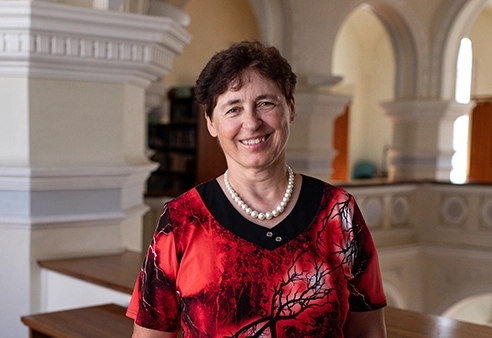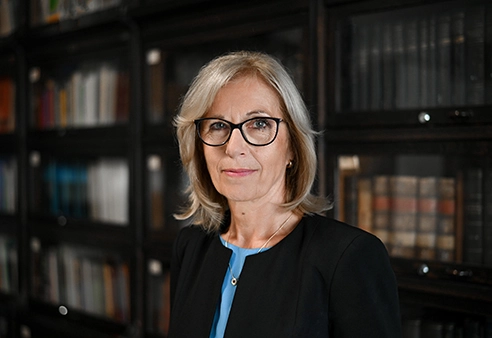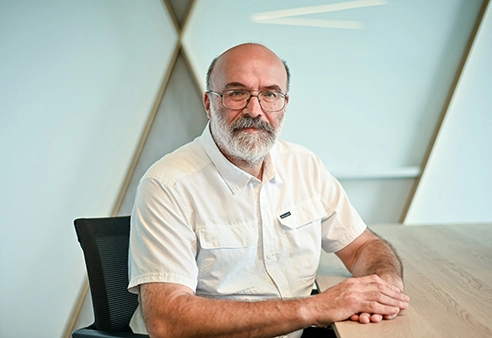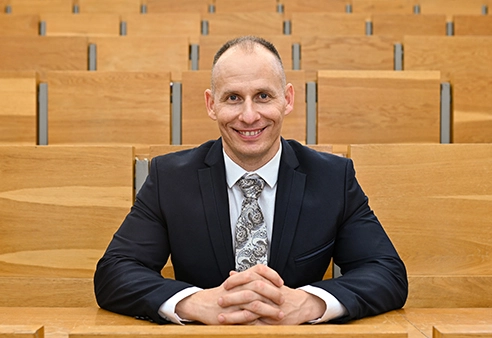Dr. h. c. prof. Ing. Michal Hatala, PhD., IWE/EWE, is the vice-dean for science, research, and doctoral studies at the Faculty of Manufacturing Technologies of the Technical University of Košice with its seat in Prešov. His science and research activities focus on innovative methods of welding and non-destructive testing (NDT) in additive manufacturing.
This includes product control without the need to use destructive methods, such as drilling, which were often used in the past. NDT is especially useful with welded joints. “Welding is a production process that takes place at high temperatures and may create various cracks and pores. It’s also a technology used to create different steel constructions, such as bridges. We check welded joints using innovative and certified methods, such as using ultrasound together with vortices,” Professor Hatala says, explaining the background of the laboratories for non-destructive testing and welding that he leads and which he founded together with young researchers and postgraduate students. In these labs, they analyse, test, simulate, and solve real challenges facing Slovak engineering and automotive businesses, with exceptional results.
Professor Hatala excels at putting together well-functioning teams of young researchers and motivating them. In research, they work together on studying additive manufacturing products, which are related to 3D printing. “Combining products manufactured in this manner is an interesting field with many unanswered questions that we try to study also in relation to NDT. We also work with car manufacturers on testing their products,” he adds, in reference to the topic of welding and NDT.
Today, almost all products include seams and welds. Someone needs to check and guarantee the quality of the welded joints. This is what Professor Hatala and his team of students and postgraduate students deal with when they receive 90% of their NDT assignments from practical, real-life cases. They can then use their laboratories to put into practice their theoretical knowledge about manufacturing materials and processes, and actively participate in the testing.
“I have been a proponent of connecting studies with practice since I came to the faculty. It is the only way to have our graduates be able to find employment and be competitive not only in Slovakia, but also around the world,” Professor Hatala says. He then adds: “I also feel sorry that we can’t pay all of them as much as they deserve and that they end up leaving the country. We are raising qualified process engineers that understand all the current technologies.”
As the technologies keep progressing, manufacturing processes become automated, and robotisation and AI are introduced into practice, Professor Hatala improves the teaching process as well. His lectures are interactive and focus on practical experience, and on using and selecting available information, which nowadays has almost no limits.
He approaches his students as he would his children. “I have three of my own and each one is good at something different. I try to recognise and develop what each student is best at, as I see them as equal partners. I like discussing with them,” he says.
Professor Hatala has been captivated by technology and engineering since he was a child. He knew what he wanted to study as early as in primary school. His grandfather was an exemplary tinkerer for Professor Hatala and it was in his workshop that the professor first started experimenting with a lathe. No wonder he built his own Pionier motorbike, using instructions acquired from a library, when he was just 14.
In his free time, he tends to his fish and his house, which he himself built for his family. He breeds aquarium fish, builds models, bikes, likes going on walks, and skis in the winter. If there’s any more free time, he likes to spend it riding his motorbike. “Of course, I altered and adjusted it myself,” says Michal Hatala, ever the devoted engineer.



